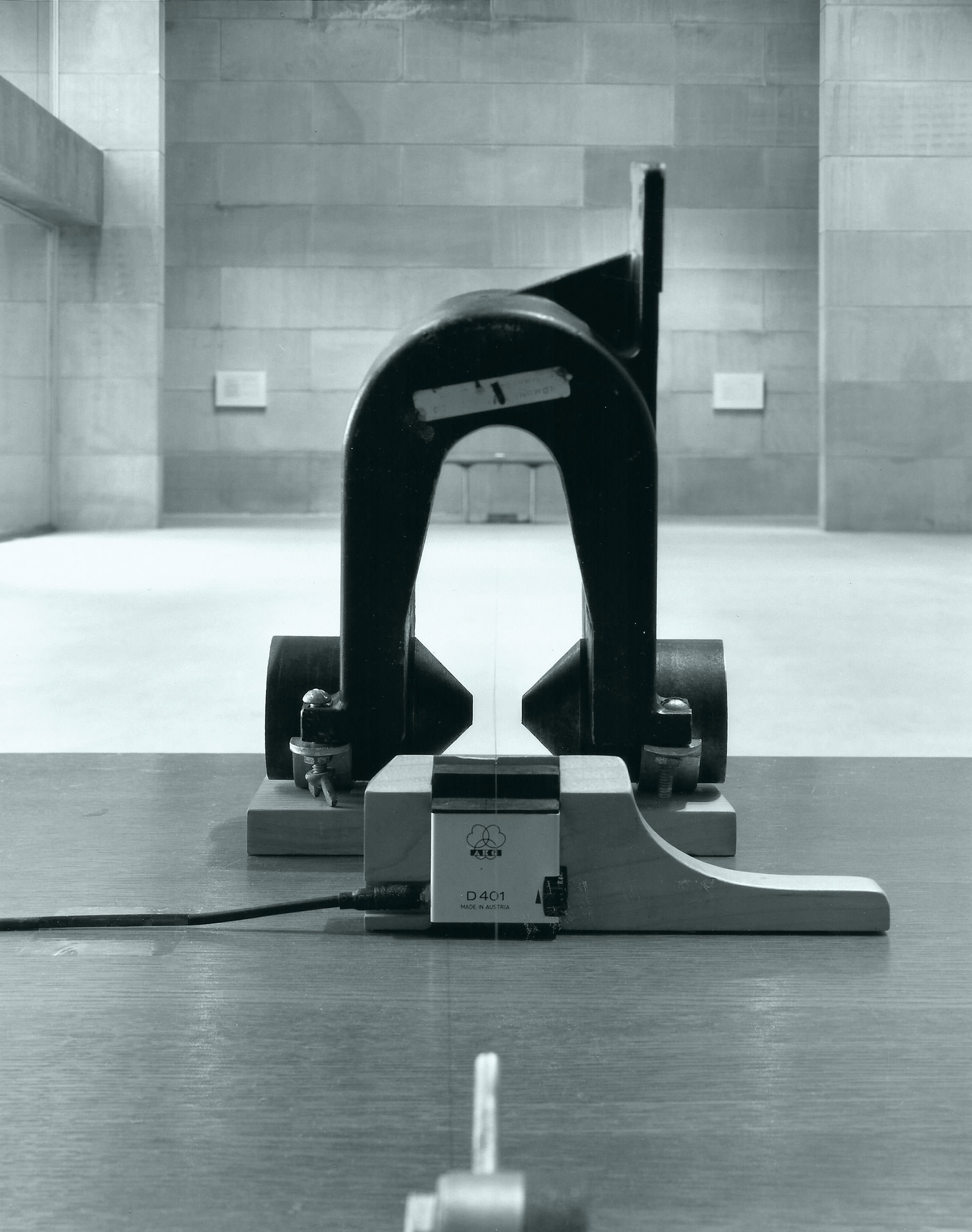Iowa-based Sioux Guitars has been making very cool, very colorful, and very rock ‘n’ roll guitars, amps, and pedals since 2007. I have long admired their stuff from a distance – always hearing positive things but for some reason never finding a chance to try any of it myself, so I was psyched when given the opportunity to try their new analog delay pedal.
Known as the Dakota County, this pedal is a bit of a stunner with a helpful combination of slightly unusual features. Like all the Sioux products, its beefy housing is painted a blazing red and white. In addition to the expected Delay, Feedback, and Mix controls, this pedal also features a very handy Level knob that controls the overall output level. While this may seem fairly ordinary, I’m always surprised that more pedals don’t feature such a knob. Delay (and tremolo, for that matter) effects can have a tendency to blur signal, and when engaged, make it seem to be quieter than it actually is. It’s very handy and effective to combat this sonic phenomenon with a simple output boost when the effect is on. For example, when playing guitar through the Dakota County, I found boosting the Level output knob to about two o’clock (noon seems to be about unity gain) helped to avoid vagueness in a heavy slapback part, while continuing to be present in a live band setting. Of course, the Level knob can be pushed further for overdriving the amp input for fun.
The Dakota County further sets itself apart from typical delay pedals by featuring three separate instrument outputs (Mix, Dry, and Wet), which allows for all sorts of multi-amp or multi-pedal patching experimentation. I had fun connecting the Dry output into a Fender Reissue Vibroverb with heavy tremolo and reverb engaged. I then connected the Wet output to a small ZT Amplifiers Lunchbox Junior Amp, futzing with the tone and overdrive. The combination of the two very different sounding amps was a bit bizarre and very 3D! With its three functionally different instrument outputs, I could see the Dakota County allowing for almost limitless studio guitar tracking scenarios.
The actual sound quality of the delayed signal is really sweet – very creamy, round, and surprisingly hi-fi sounding for an analog delay. There is a real assertive presence to this effect that is missing in other analog delays. The Feedback control knob, as expected, can provide seductive and easy-to-control self-oscillation. Additionally, the Delay time knob has a nice amount of play to it, within the “rockabilly zone,” to make setting just the right delay a snap.
A slight problem I had with the unit is that the pedal’s true-bypass switch seems to be wired after the delayed signal, rather than before. Not an issue if you’re using this pedal as an “always on” or “always off” per-song effect – or as part of your regular sound. But if, for instance, you want to have a long, cascading feedback-y echo at the ready to kick in on the end note of a flurry of notes, because the delay is constantly processing (even though the bypass switch is not letting the signal out), you would get a long cascading echo of ALL the notes before the note you want to delay. In other words, the bypass switch simply mutes the output of the delay (which is constantly processing the incoming signal), rather than what most delay pedals do, which is to mute the input to the delay signal so that the delay is “engaged” rather than “unmuted” when the switch is stepped on. This is a design oversight that can sometimes yield jumbled chaos rather than an intended, targeted delay tail. I spoke with Sioux Guitars head honcho Ryan Meyers about this, and he acknowledged he may change the design or implement an interior DIP switch to allow choosing if the bypass switch works pre- or post-effect. He did explain that the design was intended to allow the delayed signal to constantly be running from the Wet output for potential multi-amp fun, as mentioned above. I do hope the bypass switch issue is addressed – it would make an already amazing-sounding pedal with a unique feature set just a bit more versatile.




_disp_horizontal_bw.jpg)